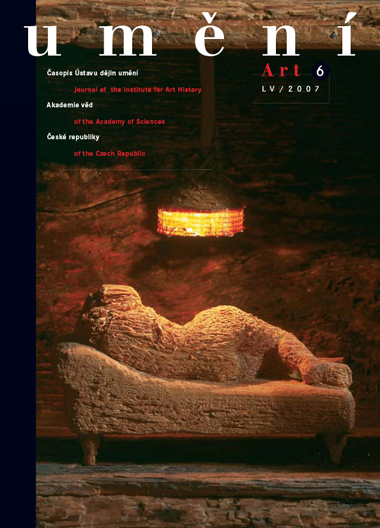Donna Roberts
František Skála's 'Feeling for Nature'
This article discussed a number of aspects and characteristics of Skála's work which demonstrate the artist's fundamental concerns with nature and historicity. I explored how these concerns are manifest in Skála's creation of highly auratic objects, of objects charged with significance within the artist's own personal history, and more generally with historical connotations that pertain to the history of art and the natural sciences. Although Skála works with artificial materials, a central feature of his oeuvre is the erasure of difference between the natural and the cultural. It is this erasure that I discussed here in the context of Skála's romantic engagement in the natural world, as well as arguing for the importance of broader influences on his work, such as natural history and the representation and perception of nature in various historical epochs. With characteristic paradox, Skála's work can be seen as both profoundly and superficially engaged in the exploration and evocation of historicity. This is typified by his explicitly stylised allusions to romanticism, but it is more generally apparent in his consistent return to nature as the ultimate signifier of history; whether personal, folkloric, or artistic. As well as Skála's well-documented romantic tendencies, I showed the ways in which his work might relate to surrealism: a far more awkward art historical label that does not sit comfortably with Skála himself. Rather than simply discuss his works in relation to the ubiquitous found object of surrealism, I explored how Skála's 'feeling for nature,' for the resemblances of nature, and for the play between the classifications of the natural and the cultural, open up other routes into his work and into the complex network of associations that it constructs.
Full-text in the Digital Library of the Czech Academy of Sciences:
https://kramerius.lib.cas.cz/uuid/uuid:2fffa758-2b3c-4760-aeed-44a9bcf84655
< back

